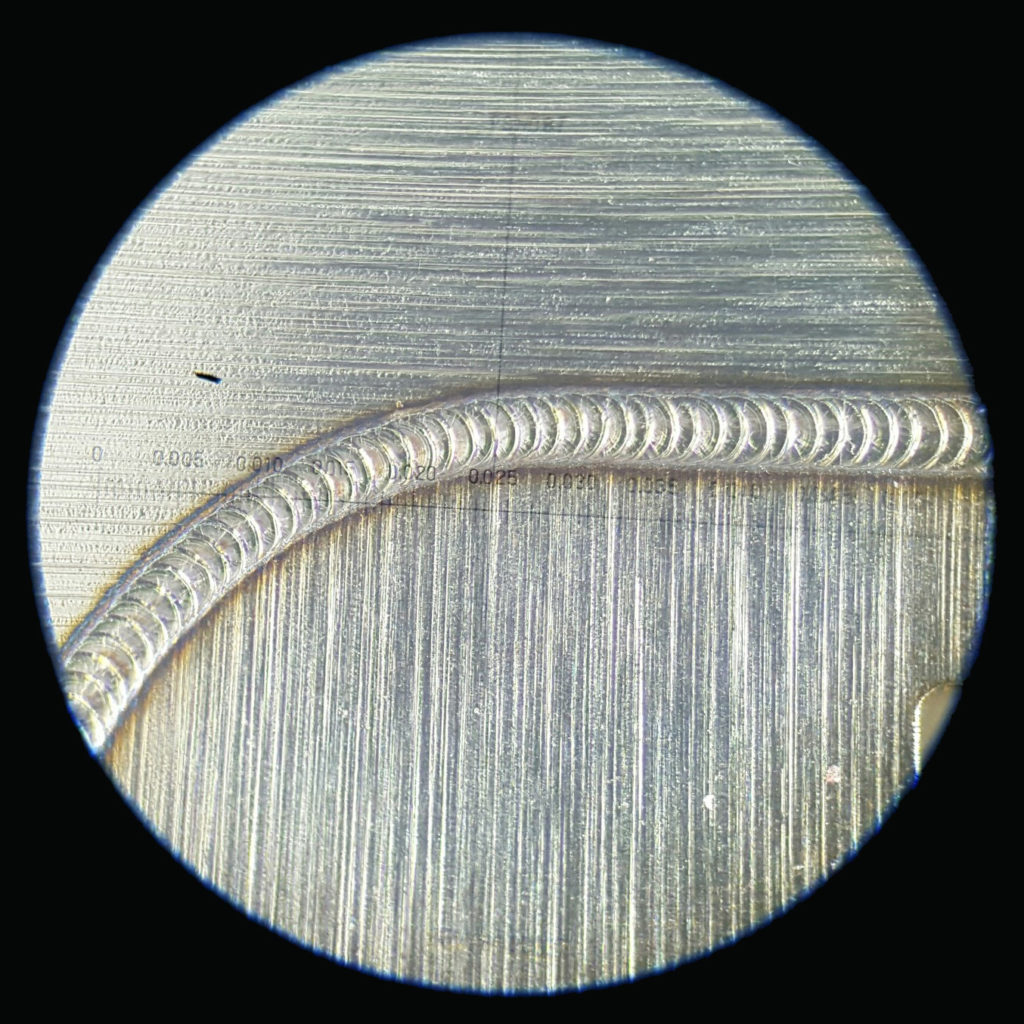This paper presents a process for evaluating solder pastes using a variety of methods. These methods are quick to run and are challenging, revealing the strengths and weaknesses of solder pastes. Methods detailed in this paper include: print volume, stencil life, response to pause, open time, tack force over time, wetting, solder balling, graping, voiding, accelerated aging, and others. Hard data is gathered and used in the evaluation process. Also presented in this paper are a set of methods that do not require expensive equipment or materials but still generate useful data. The goal is to help the electronics assembler choose the best solder paste for their process.

